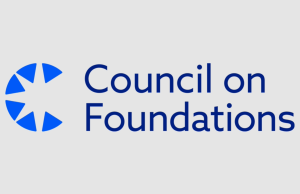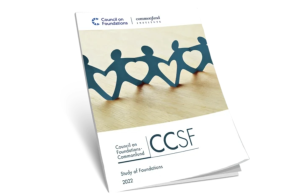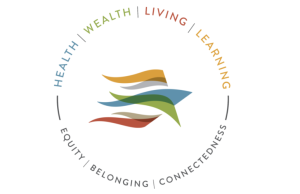The number of family foundations engaged in mission and impact investing has doubled since 2015, with more foundations planning to institute or expand it.
Family foundations created since 2010 are much more likely to use program-related investments and other mission-related or impact investing approaches, according to Trends 2020, the second national benchmark survey of family foundations from the National Center for Family Philanthropy (NCFP).
Younger foundations also have different plans for their assets and payout strategy, with half of them planning to increase payout rates and more than half planning to expand current mission investing. Only about a quarter of other family foundations anticipate increasing payout rates and one in three will institute mission or impact investing for the first time.
Almost 30 percent of family foundations anticipate expanding impact investing compared with only 12 percent in 2015. One in five family foundations expect to institute mission investing compared with half as many that planned to in the 2015 survey.
Newer family foundations, those established within the past decade, are much more likely to be focused on issues than geography, compared with their older counterparts, and those issues are much more likely to be poverty (64 percent) and economic opportunity (41 percent).
Education (23 percent) is still among the top three priorities of younger foundations but is not the top priority as it is for older foundations created prior to 2009.
About 44 percent of family foundations created before 1970 give $1 million or more in grants, by far the highest percentage among family foundations. Only 20 percent of foundations created between 1970 and 1989 reached $1 million in grants, compared with 15 percent of those established in 2010 or later, and 25 percent of those between 1990 and 2009.
NCFP, with Phoenix Marketing International, collected information from 517 family foundations through a 52-question, mixed-mode survey conducted between February and May. To be eligible,, family foundations had to have assets of at least $2 million or annual giving of at least $100,000.










